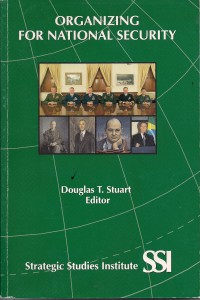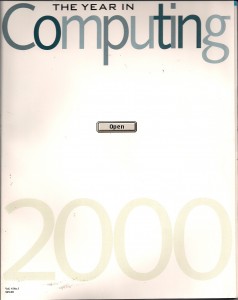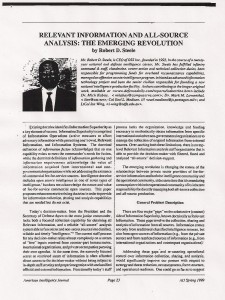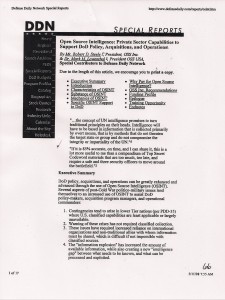
Chapter 12, “Presidential Leadership and National Security Policy Making,” pp. 245-282.
PDF (38 Pages): Chapter 12 Presidential Leadership
Background
The Ninth Annual Strategy Conference, held at the U.S. Army War College in 1998, addressed the theme of “Challenging the United States Symmetrically and Asymmetrically: Can America be Defeated?” In the course of that event, a number of speakers and participants, including the author, reflected on our existing policymaking process and our existing force structure, but without making recommendations for specific changes.
In the largest sense, the Ninth Annual Strategy Conference called into question every aspect of Joint Vision 2010 and clearly identified a need to come to grips with several asymmetric threats for which our existing force structure is not well suited as a primary defense. A summary of the conference was subsequently published and is readily available online.2
Continue reading “2000 Presidential Leadership and National Security Policy Making”







